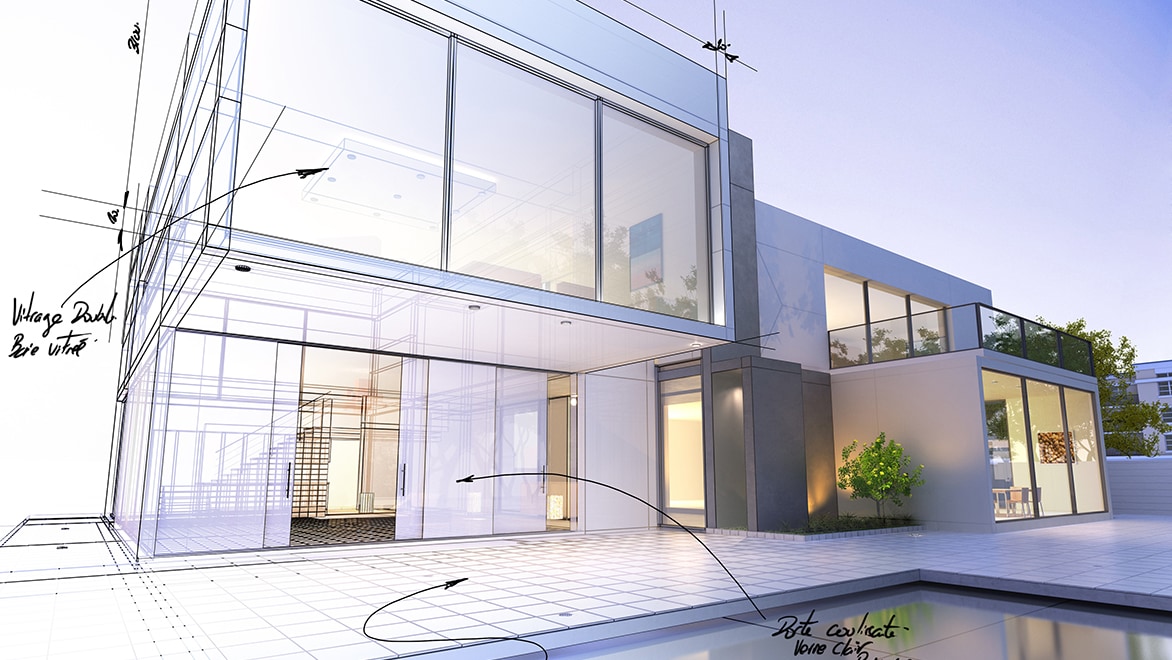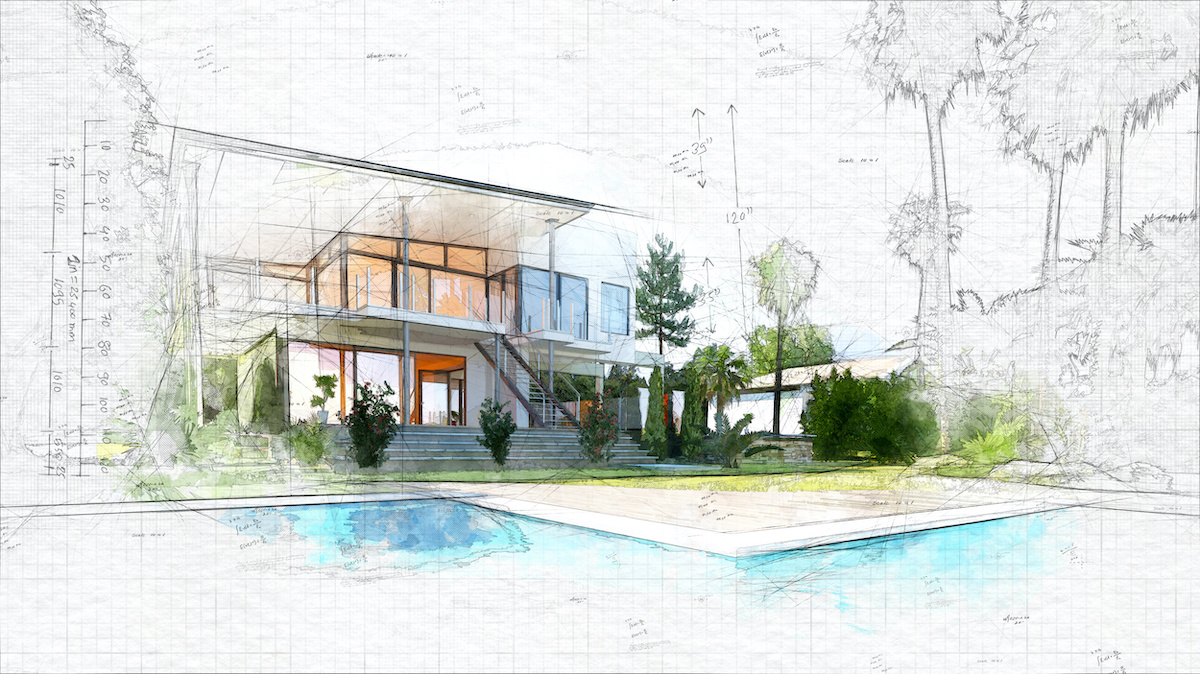The Vital Role of an Engineer in Shaping Sustainable Urban Settings for Future Generations
The duty of an architect in crafting lasting city settings is increasingly crucial in reacting to the difficulties of environment modification and urbanization. By effortlessly integrating ecological concepts right into their styles, designers not only improve the aesthetic and practical top quality of metropolitan spaces yet additionally address pushing concerns such as power performance and social equity.
Comprehending Sustainable Urban Design
Sustainable city style incorporates environmental principles with metropolitan preparation to produce settings that are not only livable however additionally resilient. This method highlights the value of integrating natural systems into the city fabric, making sure that advancement meets the needs of the present without compromising the capability of future generations to fulfill their own needs. Crucial element of lasting urban design consist of efficient land use, the promo of biodiversity, and the assimilation of environment-friendly spaces, all of which contribute to enhanced top quality of life for locals.
Additionally, lasting metropolitan design focuses on the reduction of the city warm island impact, improved air quality, and efficient stormwater management. It urges using renewable energies and energy-efficient building methods, which significantly lower carbon impacts. Moreover, lasting city design promotes social equity by creating easily accessible public areas and promoting mixed-use advancements that satisfy diverse populations.
With thoughtful preparation and cutting-edge layout strategies, sustainable urban atmospheres can enhance neighborhood strength against climate change while fostering economic development. This holistic strategy not only addresses instant metropolitan obstacles yet additionally prepares for much healthier, much more sustainable cities for generations to find.
Key Responsibilities of Architects
Designers play a critical function in forming lasting metropolitan environments by translating layout principles into substantial frameworks and areas. Their obligations encompass a variety of activities that contribute to the overall success of metropolitan design jobs.
First and foremost, engineers carry out thorough website analyses to comprehend the environmental, social, and social context of their jobs. This foundational understanding informs their design decisions, making certain that buildings harmonize with their surroundings. They likewise engage in joint processes with stakeholders, consisting of city coordinators, engineers, and the community, promoting a comprehensive approach to urban growth.
Furthermore, designers are tasked with producing designs that enhance energy efficiency, resource preservation, and capability. They must comply with neighborhood zoning laws, developing codes, and sustainability certifications, making certain conformity while pushing the boundaries of innovation.

Cutting-edge Materials and Techniques
In the quest of ecologically accountable style, ingenious products and techniques have actually become critical components in the production of lasting city environments. Engineers are progressively using products that lessen ecological influence while enhancing power effectiveness. As an example, recycled products, such as redeemed timber and repurposed metals, not only lower waste however likewise add special aesthetic qualities to frameworks.
Additionally, improvements in technology have brought about the growth of high-performance products, such as protected concrete forms (ICFs) and solar glass, which add to power preservation and harness sustainable power. Techniques such as passive solar style and eco-friendly roof coverings further exhibit exactly how architecture can balance with all-natural systems, decreasing reliance on synthetic cooling and heating.
Moreover, the combination of clever products, which adapt to environmental adjustments, provides promising avenues for enhancing building efficiency - cda architects. These materials can reply to temperature fluctuations or wetness degrees, optimizing comfort and sustainability
Ultimately, the tactical choice and application of visit our website innovative products and methods empower architects to produce urban areas that are not only useful and visually pleasing however likewise durable and environmentally liable, guaranteeing a sustainable future for generations ahead.
Community Engagement and Partnership
The success of cutting-edge products and strategies in sustainable metropolitan design is dramatically improved by energetic neighborhood engagement and cooperation. Architects have to recognize that the developed environment greatly impacts the lives of neighborhood residents, making it essential to entail them in the design process. Engaging the area promotes a sense of ownership and responsibility, guaranteeing that growths not only fulfill aesthetic and practical requirements however also show the worths and desires of those that occupy them.

Successful neighborhood interaction also aids in prioritizing social equity within city growth. By thinking about the voices of marginalized populaces, engineers can develop spaces that are inclusive and equitable. This way, area engagement and partnership end up being indispensable Discover More Here to accomplishing absolutely sustainable metropolitan settings that serve the requirements of current and future generations.
Future Patterns in Lasting Design

Furthermore, developments in technology are forming future patterns in sustainable architecture. The combination of smart materials and structure systems permits for real-time power administration, improving effectiveness and reducing carbon impacts. Developments such as environment-friendly roof coverings, living wall surfaces, and energy-generating facades are ending up being conventional techniques, better advertising eco-friendly balance within metropolitan environments.
Furthermore, a shift towards biophilic layout is acquiring traction, stressing the connection between nature and human health. By incorporating natural elements, engineers create rooms that promote mental wellness while promoting biodiversity.
Conclusion
Finally, designers are pivotal in advancing sustainable city environments with their knowledge in design, innovative products, and neighborhood involvement. By focusing on energy performance and source preservation, these click for more experts add to the development of durable urban rooms that fulfill the demands of existing and future generations - cda architects. The combination of environmental concepts not just boosts livability yet also cultivates social equity, ensuring developments resonate with the values and aspirations of the communities they serve
Comments on “How CDA Architects Include Eco-Friendly Practices in Architectural Projects”